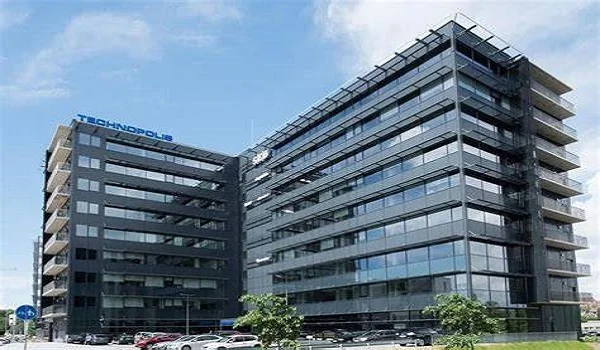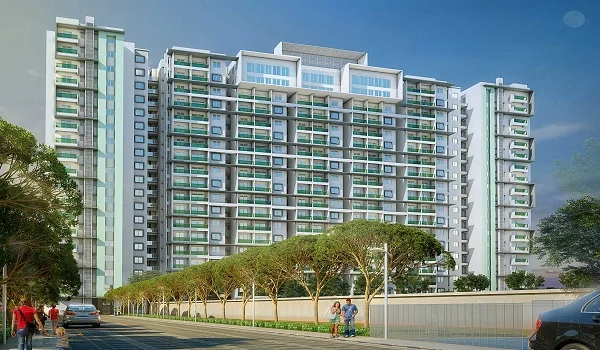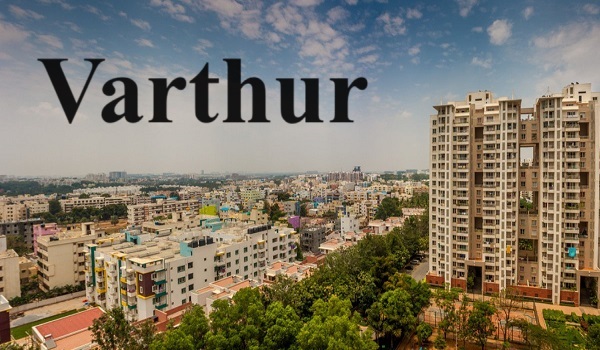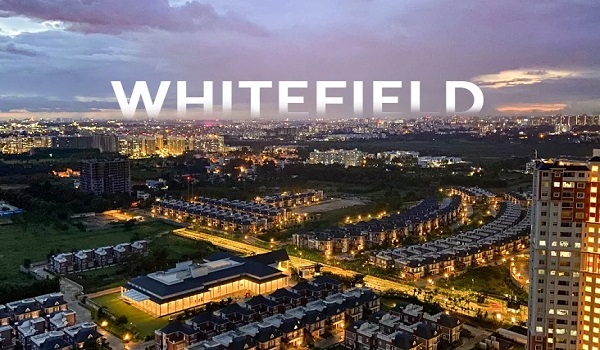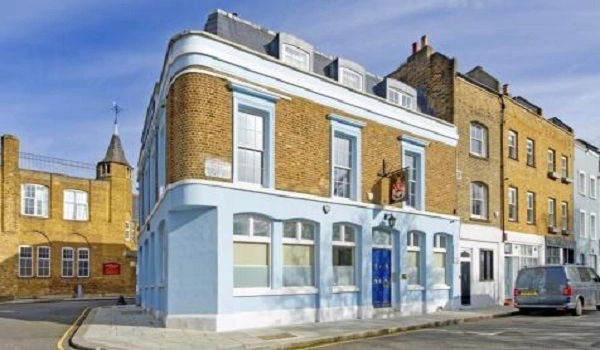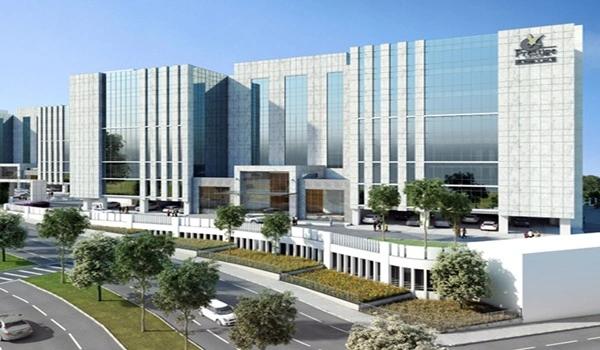Bangalore's Aviation Future: Second Airport Plans & BLR Expansion (2025 Guide)
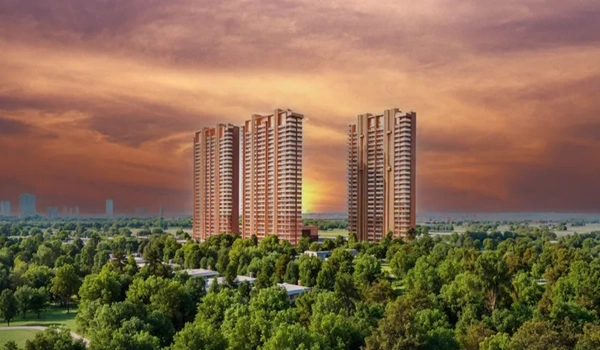
Bangalore's aviation future is about two big moves—building a second airport for the city and expanding Kempegowda International Airport (BLR) to handle far more passengers and flights. This guide pulls those strands together in plain language so you can see what's planned, why it matters, and how it could affect travel, business, and nearby real estate over the next decade.
Bengaluru's passenger and cargo numbers have climbed steadily for years. Peak-hour runway slots are tight, international routes keep growing, and the metro area is sprawling outward. A second airport for Bengaluru is the long-term answer: it spreads traffic, creates redundancy during weather or disruptions, and positions the city for the next wave of growth in tourism, trade, and logistics.
- Eases pressure on BLR during peak hours
- Adds resilience (maintenance, fog, diversions)
- Opens new catchment zones in the south/west of the city
- Enables better long-haul and cargo scheduling in future
Where might it come up? Government discussions have circled three corridors that balance land availability and access:
- Kaggalipura (south Bengaluru belt)
- Harohalli (Kanakapura Road axis)
- Chikkasolur (toward Nelamangala–Kunigal side)
All sit roughly 25–45 km from the city center, giving the new airport enough distance from BLR to run safely and independently while still being reachable by city expressways.
When could it start? A concession agreement linked to BLR limits competing projects before a set date, which is why practical planning for the second airport points to post-2033. That window gives the city time to finish studies, secure land, plan rail/road links, and map airspace coordination with BLR.
What it is: A future terminal pad kept aside in the master plan to add gates, check-in, security lanes, and contact stands as traffic rises.
Why it matters: With T1 (refurbishment) and T2 (already live) handling today's loads, T3 gives BLR the runway—figuratively—to scale toward 100 million passengers per year when demand warrants it.
What it is: A driverless people mover planned to connect T1, T2, and the future T3.
Why it matters: End-to-end connections get faster and more predictable, especially for international–domestic transfers and tight MCTs (minimum connection times).
What it is: Refits to check-in halls, security, and retail to bring T1 up to the standard set by T2.
Why it matters: Spreads crowds across terminals, improves on-time performance, and makes peak waves easier to handle.
Western Crossfield Taxiway (WCT)
What it is: A new airside corridor linking the parallel runways and apron systems more directly.
Why it matters: Cuts taxi time, reduces runway crossings, and smooths departures and arrivals during peaks. With fewer bottlenecks, airlines save fuel and passengers spend less time waiting on the tarmac.
CAT III-B ILS on Runways
What it is: A Category III-B Instrument Landing System, one of the most advanced landing aids used at major hubs.
Why it matters: Allows landings in very low visibility (dense fog), reducing diversions and delays in winter. For airlines, that's operational certainty; for passengers, a higher chance that your flight actually lands in Bengaluru when the weather turns.
IndiGo's MRO Facility at BLR
What it is: A planned Maintenance, Repair & Overhaul (MRO) base on ~31 acres inside the airport estate.
Why it matters: Keeps aircraft on wing more often, brings high-skill aviation jobs to the city, and anchors BLR as a technical hub for South Asia. It also draws allied vendors—tooling, components, training—around the campus.
Cargo & Belly Capacity
What it is: A steady push to grow cargo throughput using both freighters and belly space on long-haul passenger flights.
Why it matters: Faster turn-times and better cold-chain/express handling lift Bengaluru's export ecosystem—electronics, perishables, pharma—and make it easier for businesses to serve global customers.
T2 isn't just extra gates; it is a "terminal in a garden" with natural materials, indoor greenery, intuitive wayfinding, and a signature scent often described as "Dancing Bamboo." For travellers, that design choice lowers stress and spreads foot traffic logically through security, retail, and boarding gates. For the airport, it's a smart way to handle crowds without feeling crowded.
- Quicker orientation after immigration/security
- More seating nooks and power points
- A calmer wait before boarding
- Short term: More predictable operations in fog, quicker taxi/turnarounds, and smoother terminal flows as refurbishments and systems roll out.
- Medium term: APM links to simplify transfers; T1 upgrades; more long-haul options as airlines bank on reliable performance.
- Long term: T3 adds serious passenger capacity; a second Bengaluru airport opens a new catchment, likely with strong south/west road and rail links.
If you fly often, these changes translate to fewer surprises, more route choice, and a nicer terminal experience—the three things that matter most at 5 a.m. or midnight.
Airports shape cities. Bigger capacity and a second airport plan push investment into roads, metro/rail spurs, hotels, logistics parks, and business districts. That in turn lifts demand for housing across well-connected corridors. On the east side, projects near Varthur–Whitefield Road benefit from stronger flight schedules and predictable commutes to offices. A good example is Prestige Evergreen, a new township phase opposite Varthur Lake: for frequent flyers and global teams, living close to Purple Line catchments and expressway spurs is a quality-of-life edge.
- Second Airport for Bengaluru: A new greenfield airport planned after 2033, with options studied around Kaggalipura, Harohalli, and Chikkasolur (approx. 25–45 km from CBD).
- BLR / Kempegowda International Airport: Bengaluru's current international gateway at Devanahalli with two runways and two passenger terminals (T1, T2).
- T3 (Terminal 3): The future passenger terminal reserved in BLR's master plan to push capacity toward 100M+ passengers per year.
- APM (Automated People Mover): A driverless shuttle planned to link T1, T2, and T3 for fast, predictable transfers.
- WCT (Western Crossfield Taxiway): A new taxiway to shorten taxi times and reduce runway crossings, improving on-time performance.
- CAT III-B ILS: An advanced landing system that supports landings in very low visibility, cutting diversions during fog.
- MRO (Maintenance, Repair & Overhaul): A heavy maintenance base—IndiGo's planned facility at BLR brings aircraft servicing and aviation jobs to the city.
For travellers
- Check which terminal your flight uses (T2 handles all international).
- In winter, expect more on-schedule arrivals thanks to CAT III-B.
- Leave a normal transfer buffer; an APM will tighten this once live.
For investors & homebuyers
- Track airport-linked infrastructure (roads/rail spurs) along your commute.
- Prioritise neighbourhoods with metro access and expressway links.
- For township picks, confirm phase timelines and all-in pricing (base + floor-rise + PLC + club + parking + taxes + registration).
- Will Bengaluru definitely get a second airport?
Yes, city and state planning point that way. Workable timelines are after 2033 due to existing agreements. - Where could the second airport be located?
Corridors studied include Kaggalipura, Harohalli, and Chikkasolur, each roughly 25–45 km from the city center with scope for big connectivity projects. - What is T3 at BLR?
A planned third terminal reserved in the master plan to expand passenger capacity beyond 100 million per year when demand requires it. - What's the Western Crossfield Taxiway (WCT)?
A new airside route that trims taxi time and boosts runway efficiency by reducing crossings. - How does CAT III-B help me as a passenger?
It allows landings in very low visibility, so your winter flight is less likely to divert. - What is IndiGo's MRO facility?
A planned 31-acre maintenance base at BLR that keeps aircraft serviceable on site and brings high-skill aviation jobs to Bengaluru.
Prestige Group pre launch new project is Prestige Evergreen
Prestige Evergreen Blog
| Enquiry |

